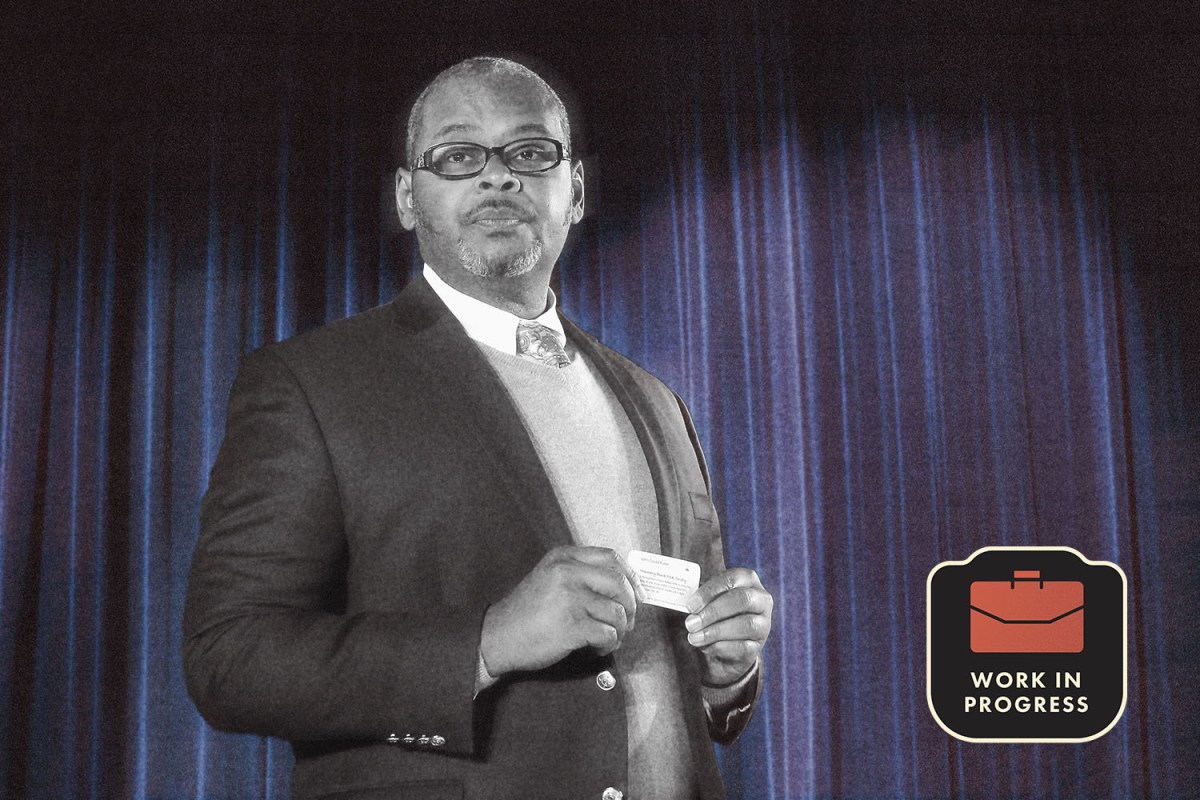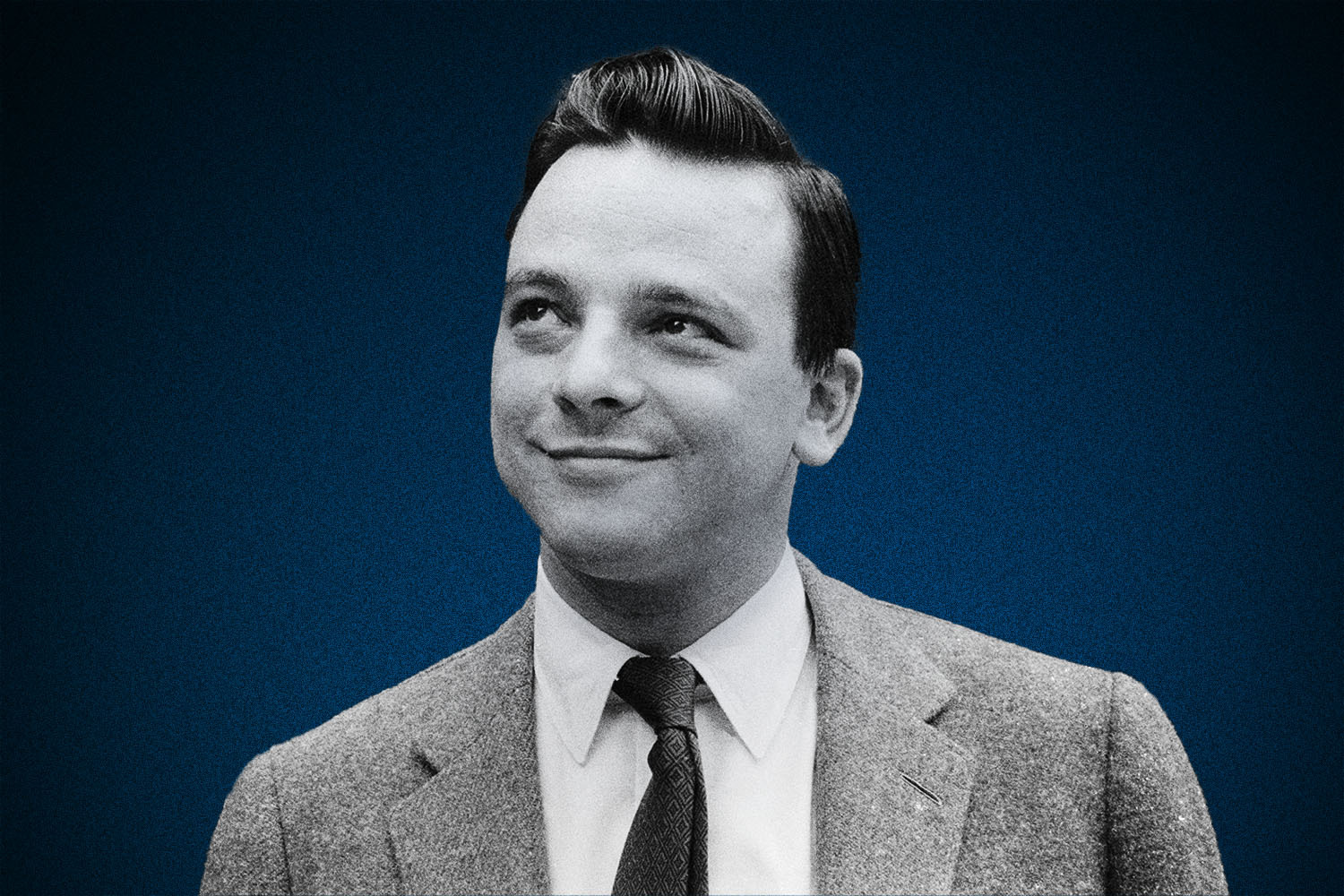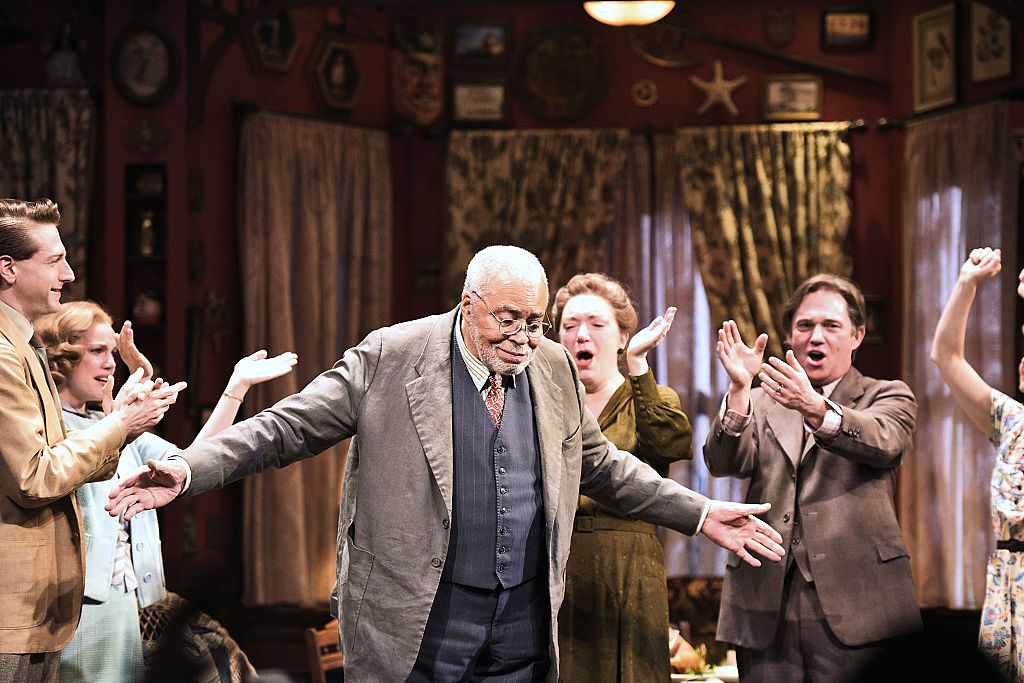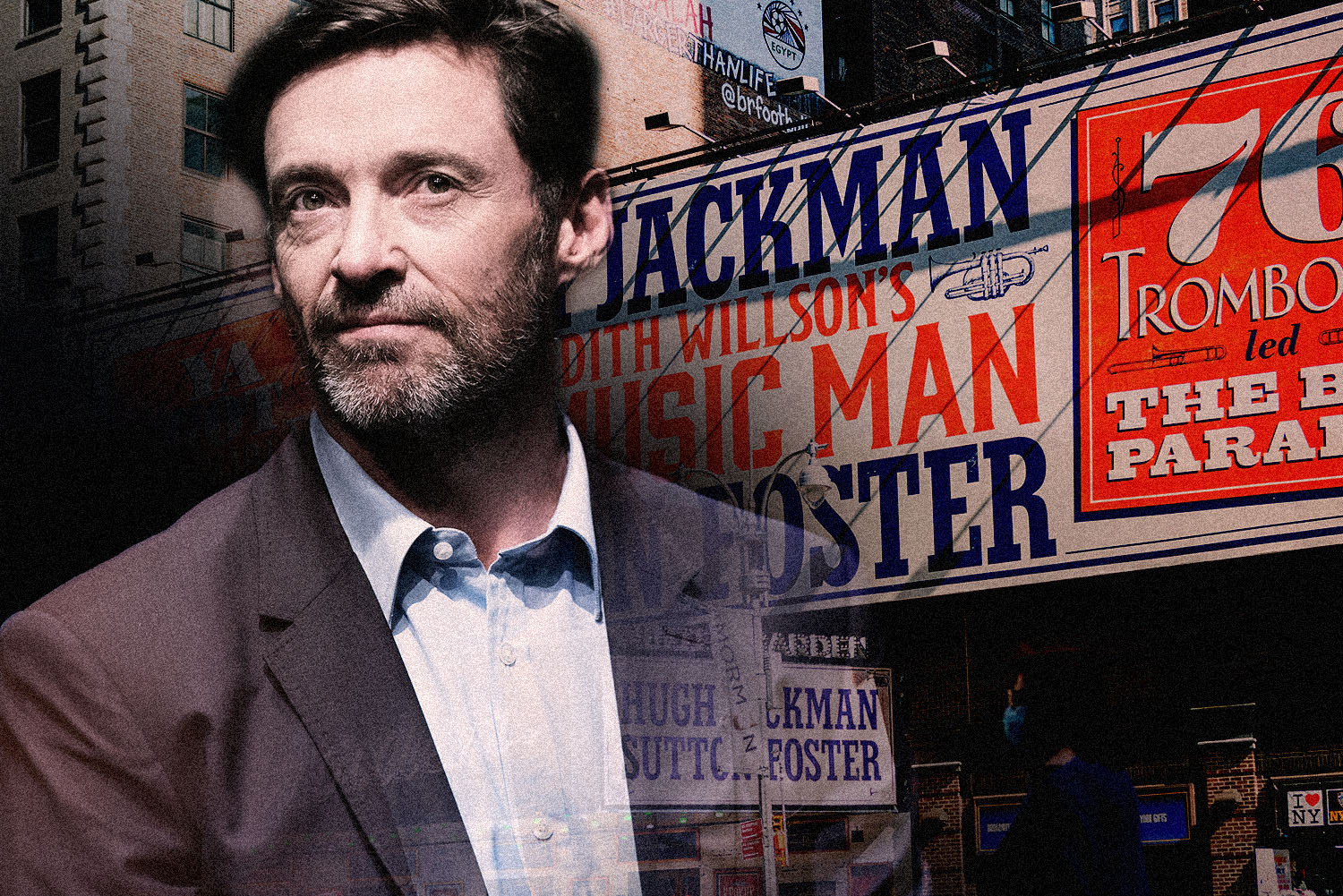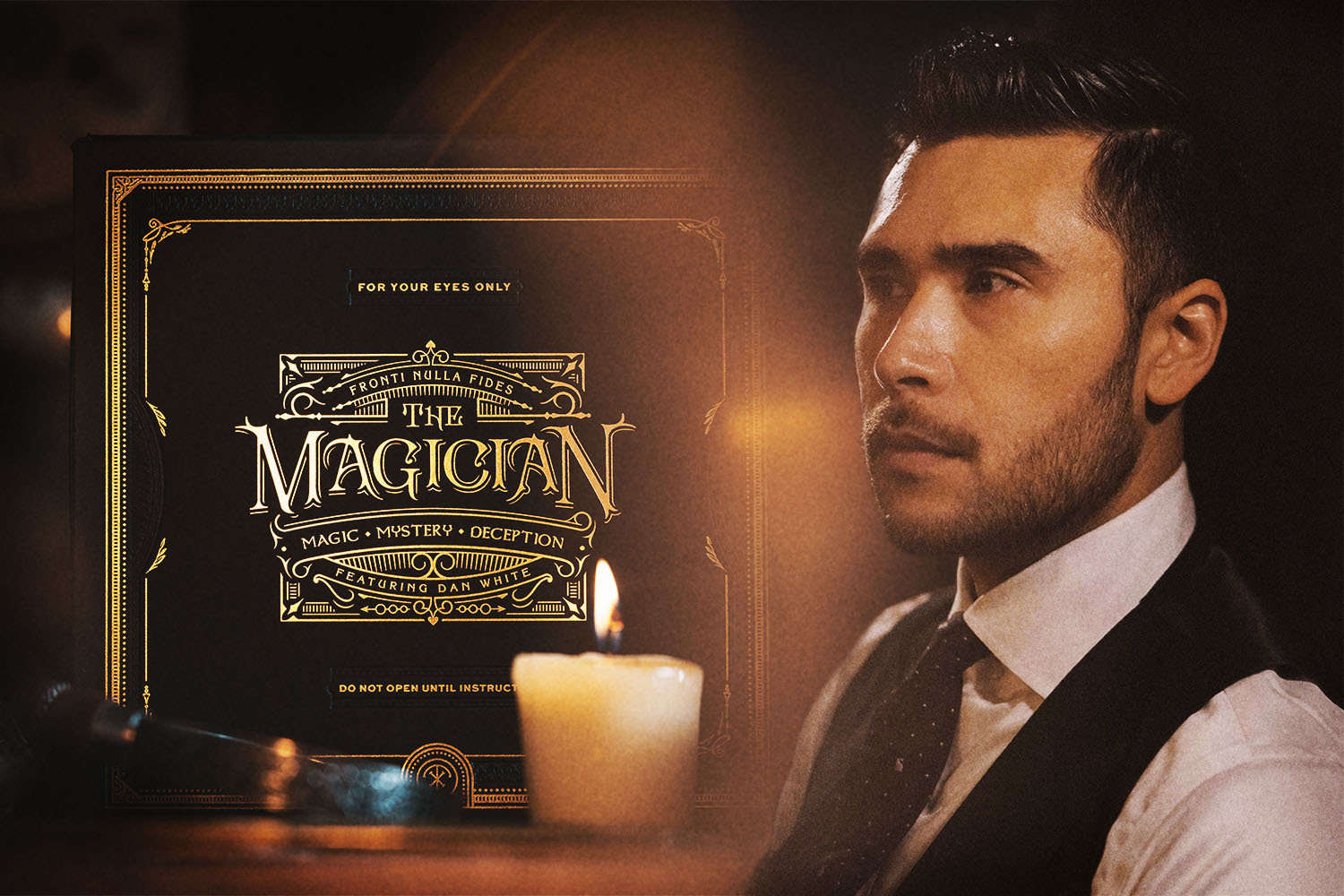This is Work in Progress, a series in which we tap industry insiders to take us behind the scenes in their respective fields, in their own words.
Reading the résumé of Ron Simons, you’d think the theater and movie producer was a figure from the annals of history. After all, he’s won more Tony Awards than any other Black Broadway producer, thanks to shows like A Gentleman’s Guide to Love and Murder, Jitney and The Gershwins’ Porgy & Bess. But the founder of SimonSays Entertainment has only been producing for 12 years, quickly becoming a champion of underrepresented stories in an industry where only a handful of producers are Black.
When a racial reckoning swept across the Great White Way in 2020, there were calls to increase diversity in the theater, not just onstage but throughout all arenas — from the creative team to the orchestra pit — and to put money behind shows from people of color, particularly Black artists. That’s been Simons’s raison d’être since the beginning. This season, he’s behind two groundbreaking works: Thoughts of a Colored Man (the first Broadway show written by, directed by, starring and lead produced by Black men) and For Colored Girls Who Have Considered Suicide / When the Rainbow Is Enuf (a revival captained by Camille A. Brown, the first Black director and choreographer to run a show in 65 years). So ahead of the 75th Tony Awards on Sunday, June 12, when Broadway looks to be at its most normal since the pandemic downturn, we caught up with Simons to talk about his journey to the theater, whether anything has changed since he first started out, and his hopes (and worries) about the future.
How I Became “The Black Broadway Guy”
I was a manager at Microsoft, I was marketing software for the company, and I decided that it was time for me to basically stop deferring the dream. As Langston [Hughes] liked to say, the “dream deferred.” I said, either I’m going to stay here in technology and I’m going to make this the rest of my life, but if I want to go into the arts, as my main passion was, then now was the time. So after weeks of wringing of hands and gnashing of teeth, I decided that I was going to pursue acting. I first did a few gigs as a non-professional actor, and then I decided to go back to school and I got my MFA at the Professional Actor Training Program at University of Washington. Then I moved to New York to be a professional actor.
It was because I was a man of a certain age. I was in my late 30s. I thought, I’m not going to go back to grad school when I’m 50, so this is it. This is the moment. Either you’re going to do it now or you’re not going to do it at all. I was the oldest in the school, but at the end of the day, it’s what I wanted to do. I’m very thankful that I did that because I’m that guy who doesn’t want to be on his deathbed talking about, oh, you know, I could have done this and maybe I could have been that. No. If I fail or I succeed, at least I tried.
That was in ’01. Then about eight years later, I decided that I had seen so many projects that I felt were mediocre that were being greenlit. I’m like, well, I think I can do mediocre. I think I can do better than mediocre! So I decided, I’m going to start producing. Ain’t read a book, ain’t talked to nobody, I just made the decision and I was gone.
I was not at the helm of [my first producing show, The Gershwins’ Porgy and Bess], but I assessed it. As I tell other new investors or producers, you have to vet the producing team: Do they have a record of either critically acclaimed shows or shows that get all their money back, or ideally both? Those are the people who you want to collaborate with. Because it’s a hard business and because so few plays actually recoup [their costs], you want to do as much as you can in terms of who you’re working with to get a better shot at recouping. [Porgy and Bess] was my first one, and I won a Tony Award. I was like, oh my God, this is crazy! The first time out? I tell people I do have good taste and I do know I have good taste, but you can’t plan to have a Tony Award ever. The universe must conspire for that to happen, and that’s what the universe did for me — it conspired.
A very dear friend of mine who was also a company member with me at the Classical Theatre of Harlem said this producing team was looking for more producers to come on board. So she said, “If you like, I can put you in contact with one of the producers,” and she did. It’s the way things happen with me to this day, where someone says, “Hey Ron, I think this is in your wheelhouse so I wanted to bring this to your attention.” That’s how I find 99.9% of the projects that I work on because people know that I am the Black Broadway guy. That is about diversifying the space, not only in terms of content, but as the people who are working in the space as well. They just come to me. That’s why I know this is what I’m supposed to be doing, because the universe is conspiring to put these projects in front of me.
[At the beginning of my producing career,] every room I went into with the producing team, which is the lead producers and the co-producers, and the ad company and the marketing company and the social media company and the general managers — stark white. I was used to being the only person of color, not just Black person, but person of color in the room, on several productions. I’ve come to understand that white people are not aware, or they can be not aware, when there’s a lack of diversity in the room.
I remember I went to this Broadway League meeting and there must have been 200-plus people in that room. The only two people of color were the woman on the dais, who was head of the diversity, equity and inclusion committee, and me. When we had a break, I went outside and I was pouring myself some coffee. I talked to this guy, I said, “Do you notice anything about that room that’s interesting?” He said, “What do you mean?” “Well, when you look around the room, did anything strike you?” He was like, “No, not really. Why do you ask?” I said, “Because I noticed that there were literally two people out of 200 people in that room who were people of color.” And this light went off in his head. He said, “Really?”
Let me say this as well: Before I was in the room, the only people of color would be the four women who do outreach to the Black community. That was it. When they had a play or a musical that involved Black people, they would bring them in to do the marketing and outreach to the Black community. But if that were not the case, not a person of color to be found, and [among] several companies, right? When I began producing, that was the way of the world. It was the Great White Way.
That’s why I am always finding and bringing out more people of color, particularly women of color. I’m mentoring seven women now to be producers. I brought one woman on for [Thoughts of a Colored Man], so she had her Broadway credit, and I brought her onto [For Colored Girls Who Have Considered Suicide / When the Rainbow Is Enuf], and now she’s a Tony-nominated producer. There’s another woman who’s a fine arts aficionado, she’s an amazing artist, and she began her career on this show, so she’s a Tony-nominated producer. I’m really trying to make sure that the people who make the decisions on what stories are going to be told, which are the producers, that that population is diverse.
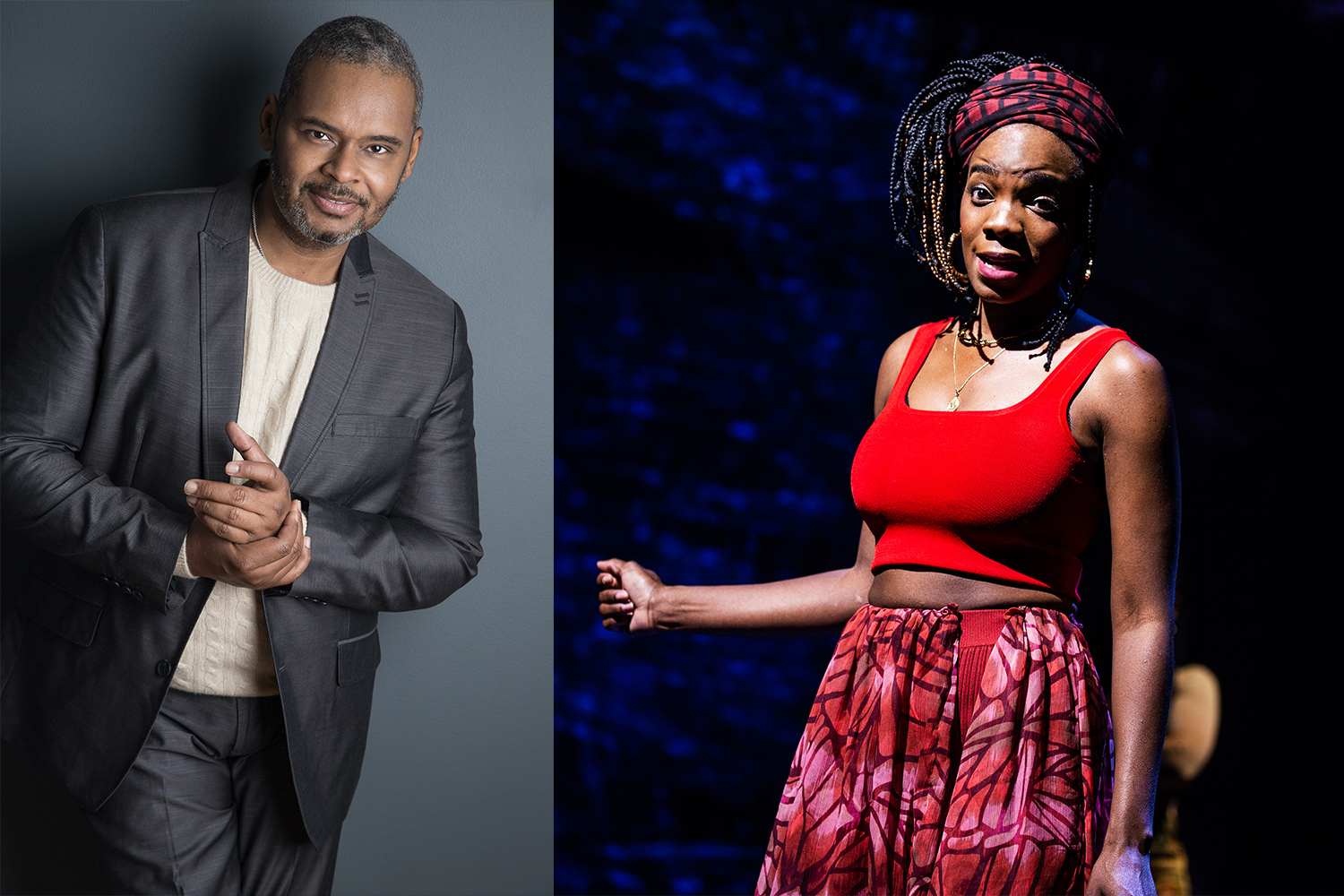
The Racial Reckoning on Broadway
[The movement that began in 2020] created such a sense of optimism and — this may sound weird — freedom. It was the first time that I was seeing Black people standing up and saying, essentially, we’re not going to take it anymore, we need to do something about this space. We all talk about [equity, diversity and inclusion], but we’re not walking that walk. It’s very empowering to be able to have not just one or two, but hundreds of artists come together and say, “This cannot continue. We have to diversify this space, we have to allow other stories to come to the fore,” and that’s what happened.
I had people calling me, theater owners calling me asking me if I had any product that I was working on or was ready to go. That never happens. Getting a theater in New York is like pulling eyeteeth from a rhino because there are always so many other projects that are out there that are vying for the same theater, and to have a theater owner who I am used to calling and hoping they might take the call and listen to my pitch about the play, now they’re calling me asking me, what do I have? I was like, oh, this is a brand new day. I’ve never seen this before.
I think the theater owners felt like, oh shit, we’re the front lines. Because ultimately, it’s the theater owner who makes the decision on what gets seen on Broadway or not. Even as a producer, you may decide what projects you’re going to work on, and you can decide where you want to spend your time or what stories you want to tell, but the fact of the matter is, you don’t own a theater. So you could want as much as you want, and work as hard as you want, but if you can’t get a theater, then your project won’t be seen on that international platform.
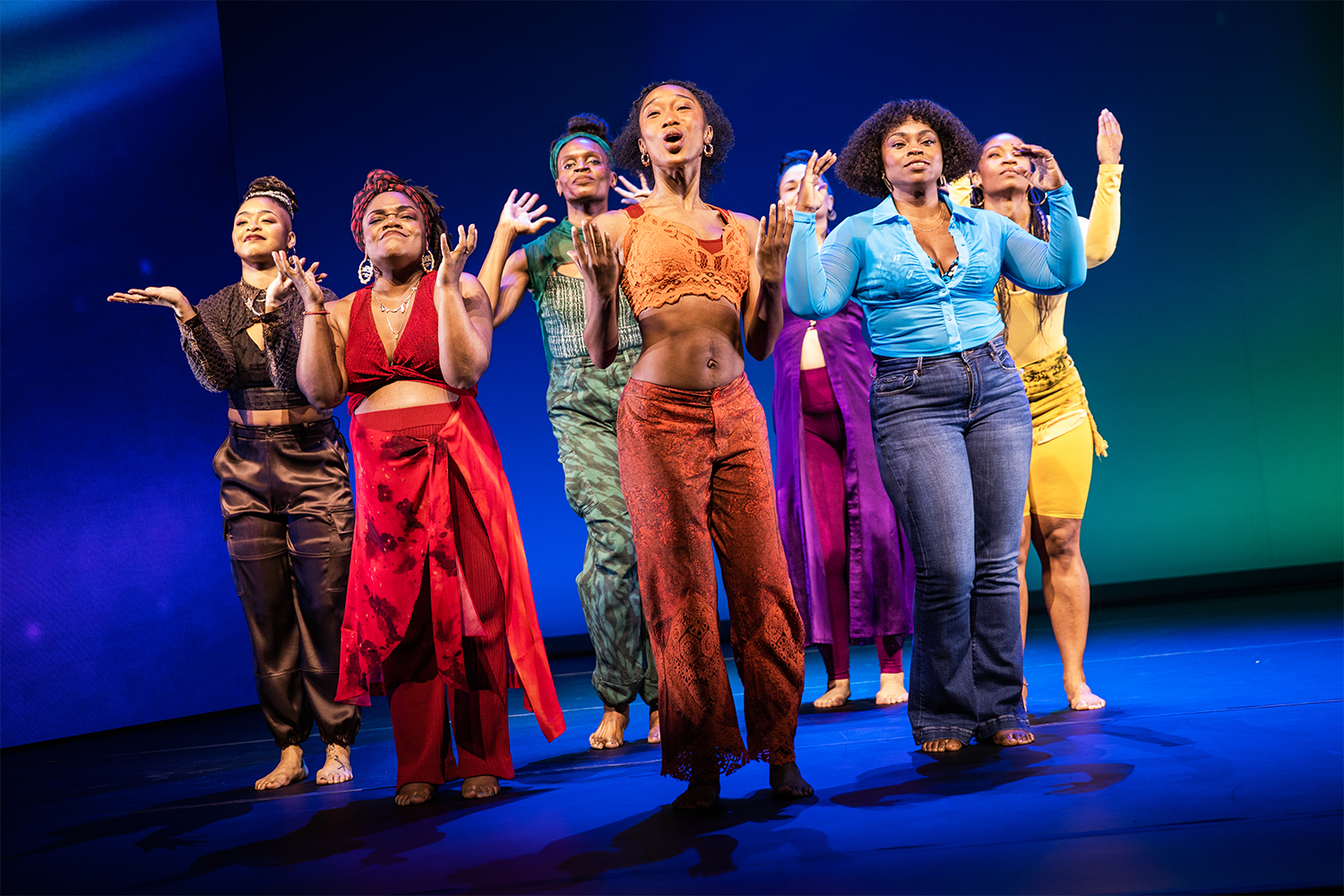
A Tonys Letdown, With an Audience Upside
I never really think about the win so much as I think about the [Tony] nominations. Of course everyone wants to win, but what a nomination will do is it will raise the profile of your piece to a higher level, which will bring more people to see the show because it will have more exposure. And that means butts in seats, which means recoupment or the possibility of recoupment. So I was hoping that given these two shows — a show all about Black men [Thoughts of a Colored Man] and a show all about Black women [For Colored Girls] — that they would both have the opportunity to be seen on a larger stage because of the Tony nominations. I was very, very, very, very disappointed that one show, Thoughts, got shut out of all the categories, because it was an extraordinary show.
I know that we didn’t get enough Tony nominators, or voters, in to see it because the end happened so fast. We’re like, oh my God we might have to close — and then boom, we close. The fear was there about a week and a half before and then it happened and we were gone. So we didn’t get a chance to do all the outreach that we normally would have done. We sent some emails to Tony nominators before the nominations came out, but if you didn’t see the show, you didn’t see the show.
That show, I will say, had the most diverse audiences I’ve ever seen on Broadway in all 12 years that I’ve been producing. Between 75% to 95% of the faces in that theater were Black faces. I loved to go to the tip of the stage and look up and out, and I was blown away. P. Diddy didn’t get that kind of diversity, the diversity of the people who came to see the show. So Black people knew about it and they were telling everybody. The word of mouth was off the chain. We were the second-highest grossing new play on Broadway at the time, we were doing really good business. And then — poof — COVID hit too many actors, and we had to shut the whole thing down. So I was very disappointed that it was shut out for the Tonys, because it was also an extraordinary, insightful, engaging, passionate, intelligent, hilarious piece of theater, which also had seven extraordinary men telling this story, like I have these seven extraordinary women telling the story of For Colored Girls.
That makes me feel bad, because they had a lot of people who made their Broadway debut on- and offstage with that show. It would have added another nice gold star on their résumé had we been nominated for a Tony Award. That makes a big difference, when you are a Tony-nominated casting director or Tony-nominated costume designer or what have you. The first one is always the best because then you have the seal of approval of the Broadway League and the American Theatre Wing. They took notice of you, and so that helps other people to take notice of you.
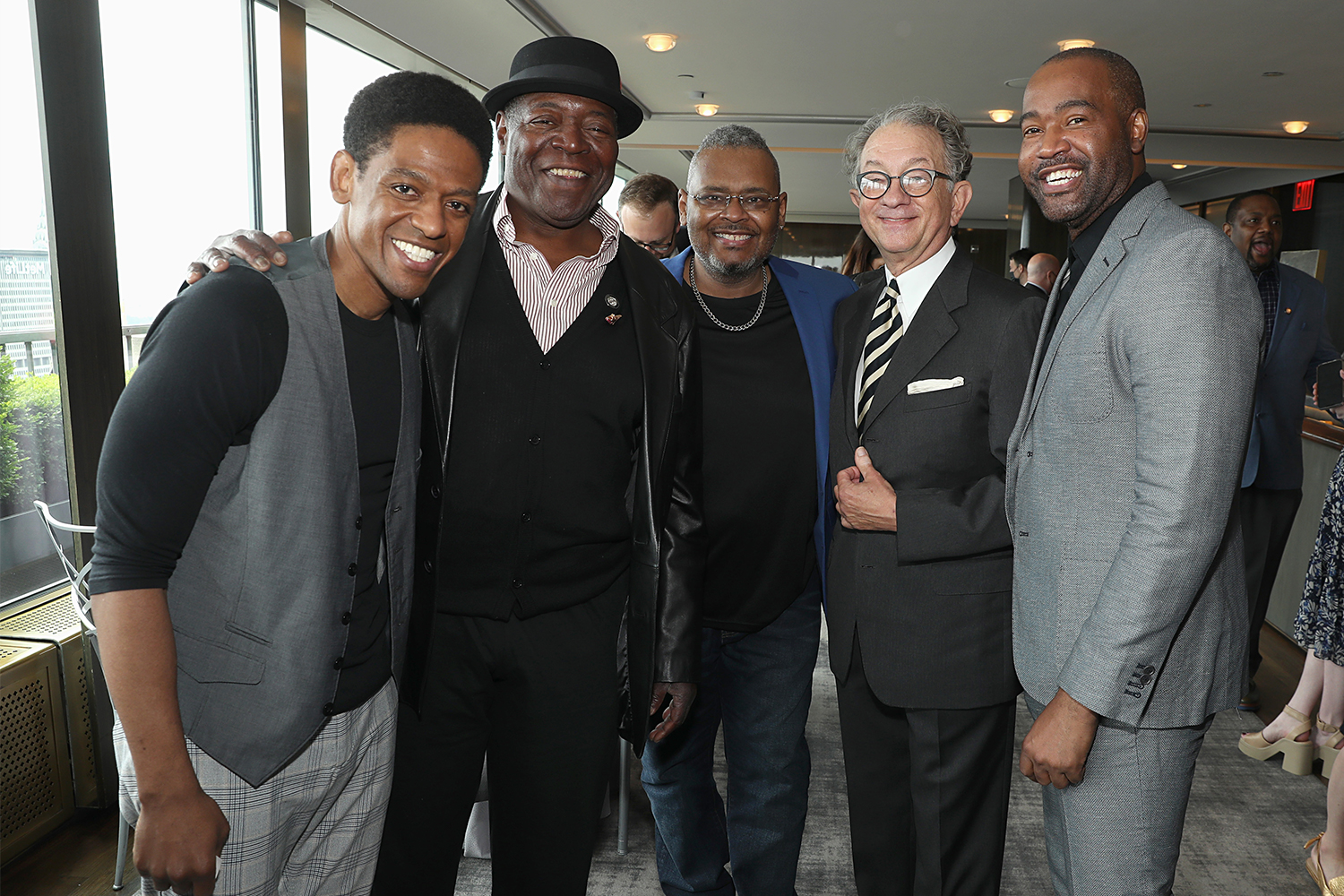
Tangible Progress Is Here. Will It Backslide?
We had a luncheon the other day for the Tony nominees at the Rainbow Room. We were marveling at the people in the room who were people of color. Those of us who had been around for a while — though I had not been in that room personally, a few others had been — they said, “This is a banner year. This has never happened. There were never this many people of color at this event in the years gone by.” So I know that it made a huge difference, the work that went on with [initiatives like] Black Theatre United. That made a difference. It woke people up. And I think the Tony nominators took note of that too.
There was Uzo [Aduba for Clyde’s], Jesse [Williams] for Take Me Out and my own Camille A. Brown [For Colored Girls], and my dear friend John-Andrew Morrison from A Strange Loop plus [Michael R. Jackson] from A Strange Loop. It was just overwhelming — wow, I felt so good to be in that room, because Broadway rooms in general are very stark, stark white. That says to me that things have changed this year.
My thing that I really worry about, to be honest with you, is that we revert back to the old ways and the old thoughts and the old practices that we did. I hope this is the beginning of an ongoing effort to diversify the stories that are being seen on Broadway, because I know that movements, they kind of wane. #MeToo was front and center. Everybody was issuing press releases, and people were being fired and investigated, and the #MeToo movement enabled policies to be enacted that weren’t there before. Then over time it got quieter, it didn’t go away, but it got quieter and quieter and people went on to the next new thing.
I think that with George Floyd, the whole reason this anti-racist movement exists is because the tragic murder was captured on film and it was so extraordinarily lacking in terms of humanity and people had time to listen and understand the story because we were in a pandemic. People were at home all the time. So that gave rise to the possibility of so many white people hitting the streets asking for racial equity and justice. It was something that I had never seen in my life, and I’ve been around a minute or two. So I just want the changes that have been implemented to continue past this season. I want to come back in five years and look and see where we are.
That’s what’s going to make the difference, if this work that has been done is continuing. But I will say this, the good news is we do have an organization, because we came together on Black Theatre United, that can certainly monitor what the industry is doing, and that’s good because then we can hopefully keep people honest and keep their feet to the fire, so that advances that were made become permanent and not just temporary.
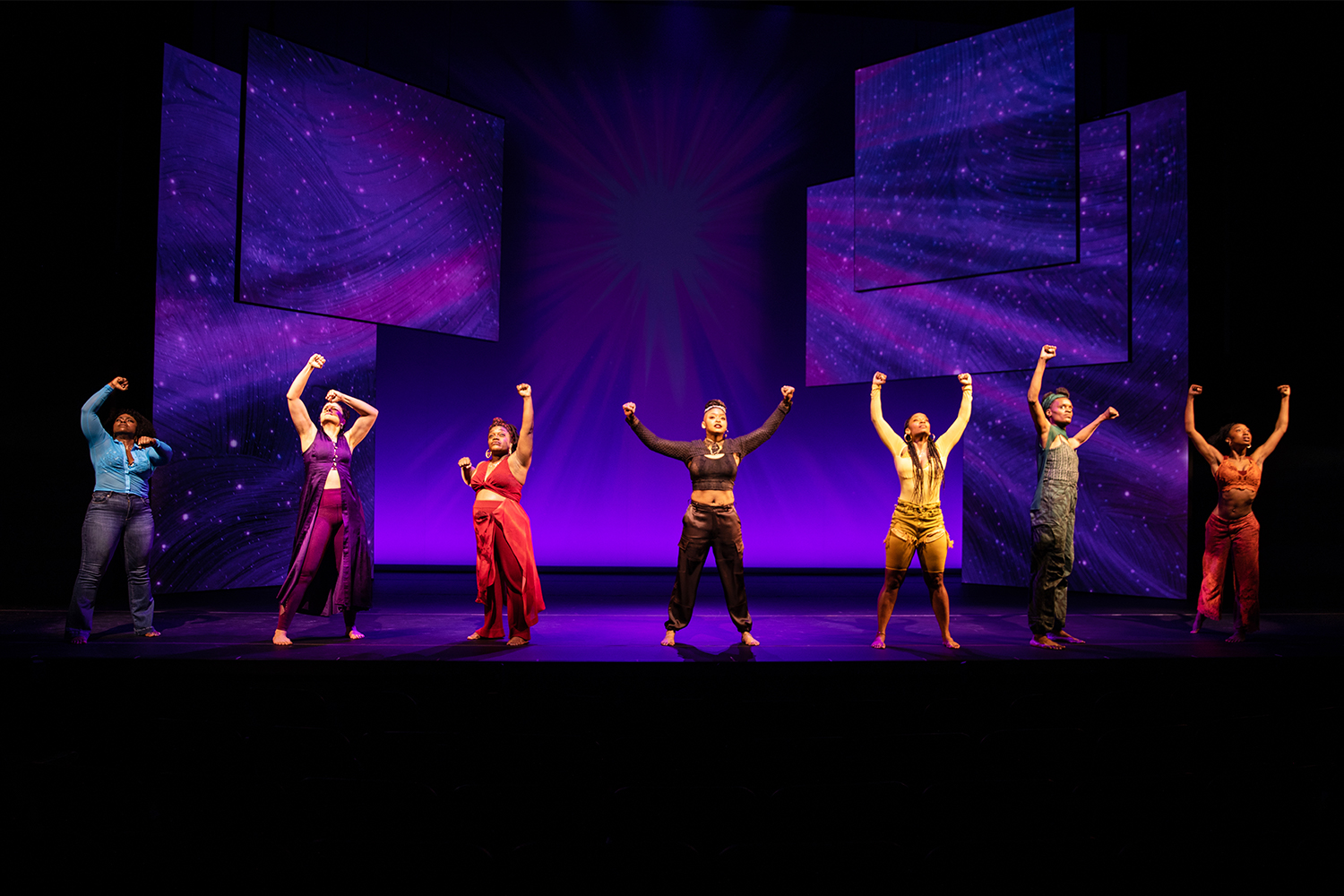
My Most Powerful Moment in the Theater
I know this is going to sound a bit vain, but [the most powerful moment in the theater this year for me] was in For Colored Girls. There is this moment where they are all onstage and they are all sitting in these various positions that are so regal — they all look like queens. Now we in the African-African community often talk about our kings and our queens, but it was piercing to me to see those women. I feel like they were these old souls, they were so statuesque, and these are women of every color, size, hair texture. They all carried this sense of regality that blew me away.
I felt so honored to be in the room with them and to witness that moment. I don’t know if anybody else notices that at all, but for me it was piercing. This is what this show is all about, lifting Black women and treating them as queens, and here they all are, clearly queens sitting in front of me onstage. It really was emotional. I got a little teary-eyed when I noticed that. You might not even pay attention because they’re all just sitting on the floor in various positions, but the stature of what they were doing and how they positioned themselves and how they used their bodies was just so unbelievably beautiful that it cut straight to my heart.
Every show has its challenges, and there were some significant challenges in getting this play to open on Broadway, some of which I can’t even speak about. But the point is, when you hear that applause at the end of that first performance, you have no other thought but to say, “Dear God, it was worth it.” All the blood, sweat and tears, the long nights, the frustration, the stress, the anxiety of having to raise so much money for someone like me who had never raised that amount of money before, who is not highly networked. I had to build a network. It was a lot of challenges, and also personnel challenges. A lot. A lot. But then at that moment, all I could say was that it was worth it. All of that I would do again if I knew that this would be the thing that happened at the end of the rainbow.
This interview has been condensed and edited for length and clarity.
This article was featured in the InsideHook NY newsletter. Sign up now for more from all five boroughs.
